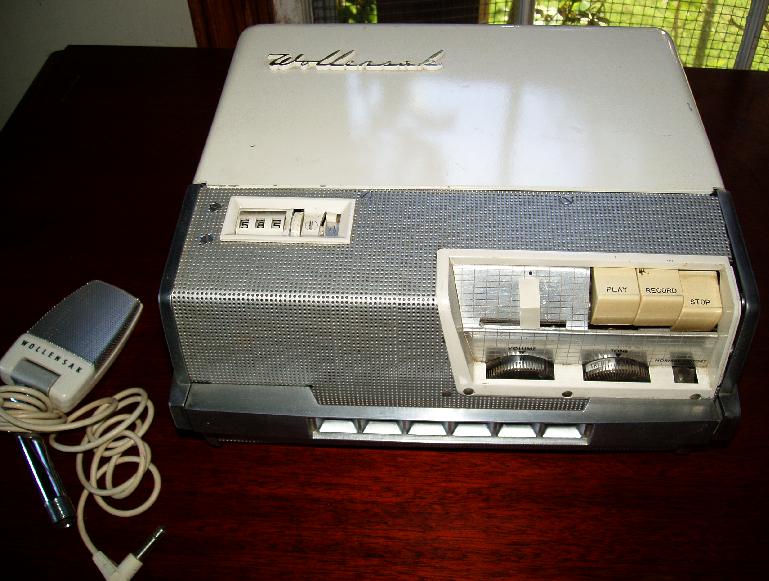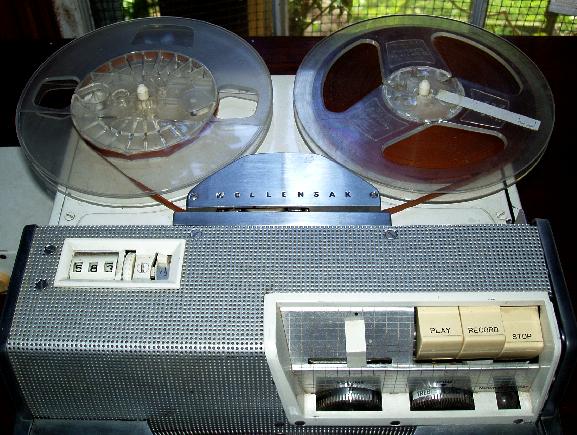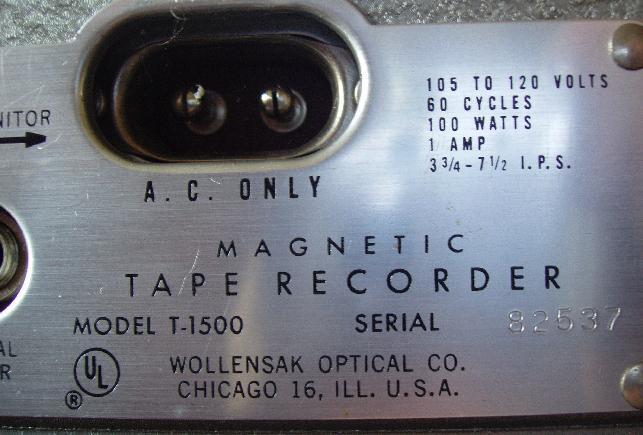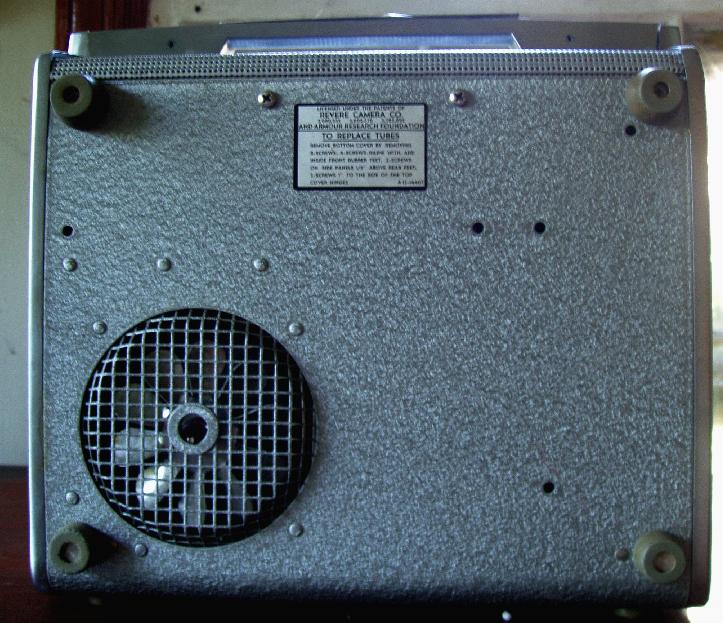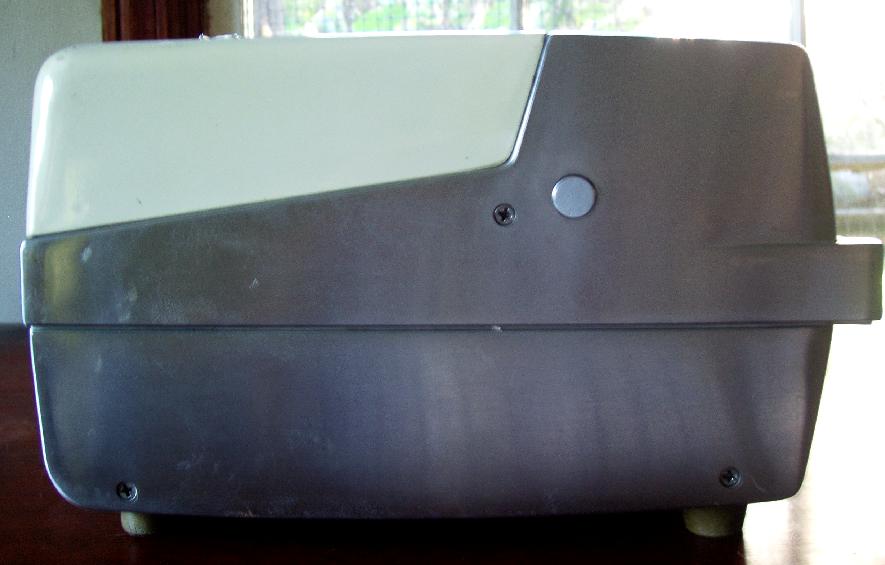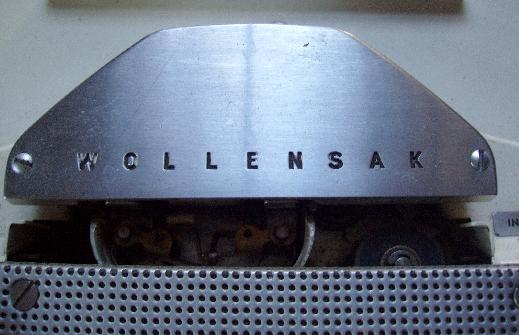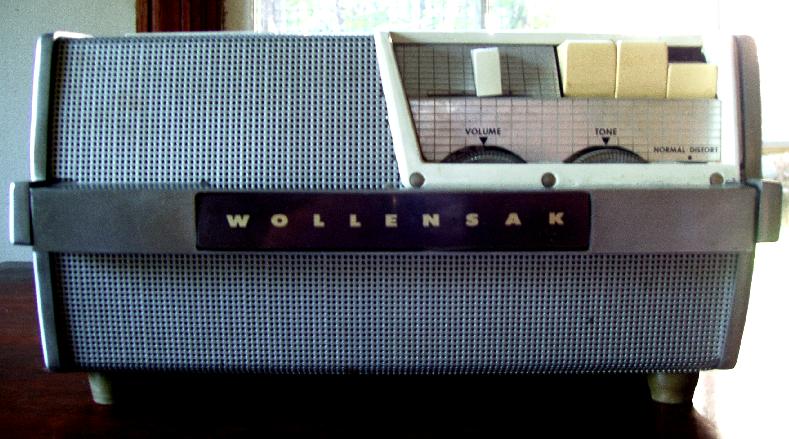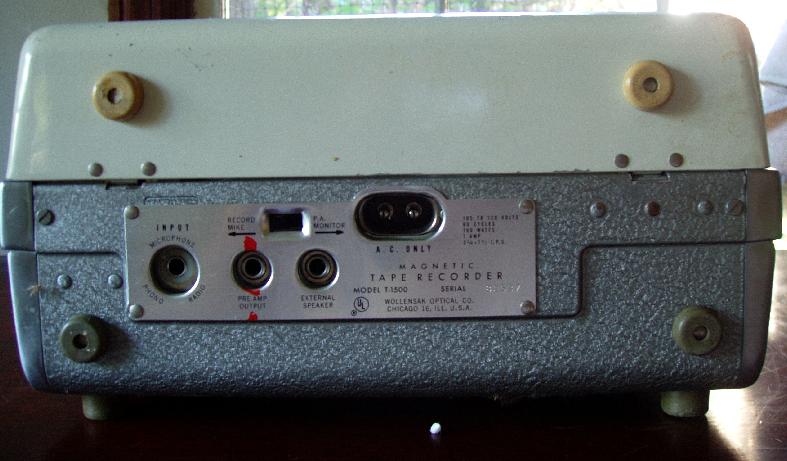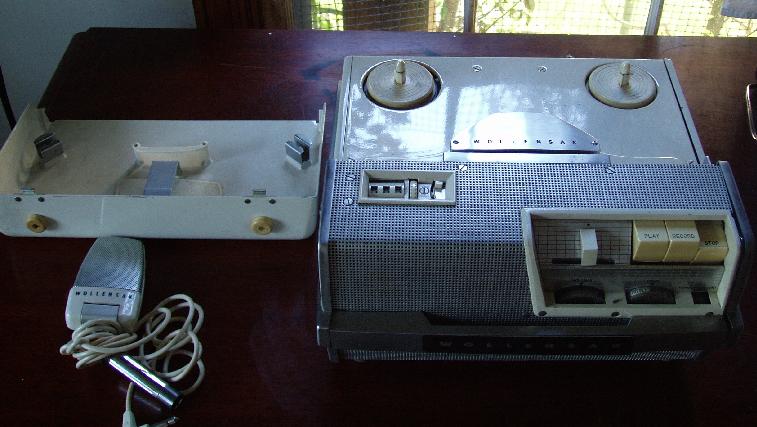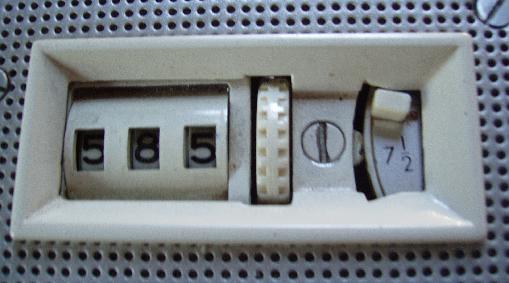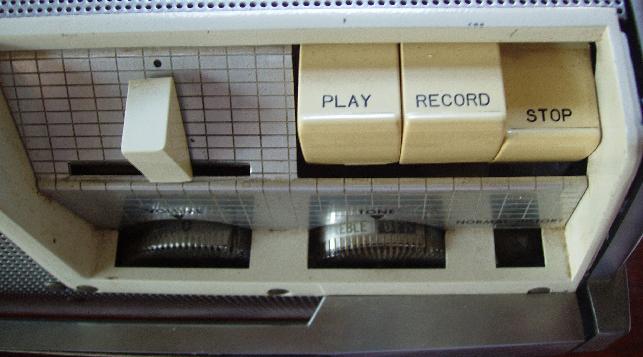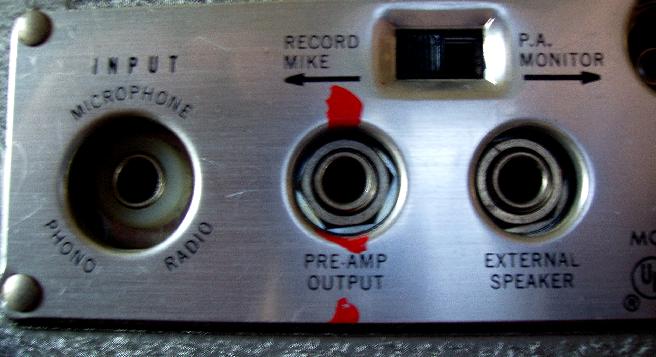"The tape came up to speed, then, opening theme -- Crosby: Blue of the
Night; applause; introductory patter -- Crosby and Carpenter; song --
Crosby: My Heart is a Hobo; applause."
"Murdo McKenzie signaled me to 'cut.' I pressed the stop button. There
were surely no more than two seconds of silence, which seem more like
minutes to me, and then a shower of compliments. One small machine, one of
a pair, side-by-side on a makeshift table -- the only two of their kind in
the United States arranged to record and reproduce magnetic tape with such
remarkable fidelity -- had, in a listening demonstration lasting almost
exactly five minutes, upset the entire future of sound recording in this
country."
Jack Mullin describing the demonstration of the Magnetophone tape
recorder to Bing Crosby in August 1947 at the NBC/ABC Hollywood studios.
The Beginning
The BBC had its origins in the 1940s but the development of tape
recording gave it success. Tape was used in Germany on an
experimental basis from 1920. It had its commercial introduction
at the Berlin Radio Exhibition of 1935. Early BBC broadcasts utilized a
recording breakthrough made by two Reichs-rundfunk Gesellschaeft
(German radio) engineers. Drs. Otto von Braurmuhl and Walter Weber. They
discovered that when mixing a very high frequency signal with
the audio during recording, the reproduced signals were so good that they
could be accepted as live performance.
NBBS as the BBC was then known, used captured commercial
transmitters in Luxembourg, Belgium and Scandinavia, depended upon
tape for almost all of its programming. The same concert could be
broadcast at the same time from all stations.
In September of 1944, the Minnesota Mining & Manufacturing Company in
St. Paul (known today as 3M), already producing coated "Scotch"
pressure-sensitive tapes, was contacted by the Brush Development Company
of Cleveland, Ohio. The Brush company was "interested in obtaining tapes
coated with an emulsion containing a uniform dispersion of ferromagnetic
powder". The Brush Company, under a special Navy Department research
contract with 3M was interested in launching magnetic tape.
The first Experiment
Brush would supply the powder if 3M would put it onto a
stripe of tape for testing. This assignment ws given to Dr.
Wilfred Wetzel who did not know of the work done in Germany. The
oxide supplied by Brush was just iron, and that once put on a
paper backing it rusted further , and its chemical and magnetic
properties changed.
3M did not have a recorder; or a recording head.
Brush was being secretive about what the product would be used
for. Wetzel found that the coating needed to be smooth.
If not it would wear out the head. Wetzel directed 3M
scientists to try techniques for gluing the particles on
quarter-inch strips of paper eight to ten inches long. The samples were
then mailed to Brush.
No one in the United States had yet made a magnetic tape recorder.
(1944) Wire recorders, using the Poulson's principals of magnetic
recording ( which he patented in 1898 ), were used for business
dictation. The U.S. Navy Department, used them to record
German U-Boat radio messages. They needed better quality recording was
needed, and that was the purpose of the Navy Department research contract
with Brush.
By 1944, the World War II Allies knew about a magnetic
recorder developed by German engineers. This recorder used an
iron-powder-coating on a paper tape. It had a better sound
quality than phonograph discs. A Signal Corps technician, Jack
Mullin, joined a scavenging team directed to come after
the retreating German army and pick up o electronics items. Mullin
found parts of recorders, two working tape recorders and tapes
in Radio Frankfurt studios in Bad Bauheim.
At the same time 3M physicists and chemists were creating for Brush and
the Navy a coated tape with a smooth surface and uniform dispersion of
ferromagnetic powder. This tape could be pulled over a
magnetic head to record electromagnetic signals without being damaged.
Their mission was the creation of a tape for high fidelity magnetic
recording. This had been accomplished by 1945
Post War
When the war ended in August of 1945, the Brush Company told
3M that the Navy Department contract work was done. Magnetic tape
development was to be continued with Brush. Even though there
had been no profits 3M chose to finance its own research.
3M did not want to remain merely a producer. Other companies were also
experimenting with tape, others wanted to produce recorders. 3M added
magnetic tape to the its products.
A 3M physicist Wetzel believed in a broad market for
magnetic tape. He also believed that television pictures could
also be recorded. Tape having higher density would be required.
Brush was working on a tape recorder to display in New York
in January of 1946. At 3M work was speeded up with many improvements.
Large usable quantities of tape were ready by May 1946. This tape was
found to be helpful by Jack Mullin.
Bing Crosby Becomes Involved
On May 16, 1946, Mullin was to speak at the regular meeting of the San
Francisco chapter of the Institute of Radio Engineers. This meeting was
at the studios of radio station KFRC. German tape recording
equipment was on the program. Mullin played recordings. He was well
received.
Frank Healy of Bing Crosby Enterprises was present at that
demonstration. Healy thought that Mullin and his machines might
provide the solution for one of Bing Crosby's problems. At the time
all radio programming, at least on best networks live. Disk
recorded shows were thought to be inferior. Crosby wanted to
avoid live performance. He did not perform in the 1945-46 season
only to return with the promise of pre recording of programs.
The disk recording process was expensive, time-consuming. The sound
quality was poor.
In August, 1947, Mullin was directed to record the first
Crosby show of the upcoming season on the new German equipment. , Healy
and McKenzie recorded the same program on disc. :
Mullin's Account
"The most unforgettable moment in my life was the one when I stood
before my Magnetophone tape recorder and pressed the Playback button for
the first time in the presence of Bing Crosby, John Scott Trotter, and
Bing's producers, Bill Morrow and Murdo McKenzie. Everything was at stake.
By invitation, I had been present with my colleague, Bill Palmer, to
record the first radio show of the 1947-'48 season in the NBC/ABC studio
complex in Hollywood. And now we were to hear the result of our efforts
and be judged by perhaps the most critical ears in the world of radio and
recording."
"Prior to our invitation to come to Hollywood from San Francisco to
record, and possibly, just possibly, to edit our tape into a complete
show, the producers had looked into every alternate means of recording
sound that showed any promise of success. Mostly, these boiled down to
variations of disc recording methods and photographic sound-on-film
systems. I am sure ABC held out little hope for success in testing our
apparatus".
"The result of the (very successful) demonstration was that the Crosby
people wanted me to stay right there and go through an editing process, to
make a broadcast out of it. I did," Mullin told a reporter, "and they saw
how easy it was with tape. The next thing I knew, I had a job recording
the Bing Crosby Show for the rest of the season."
Mullin only had two rebuilt German recorders and only 50 reels of
tape..3M's work would make it all possible.
T he 3M tape actually was "too good" for the machines. It
had higher coercivity which the tape machines could not handle.
Ampex Corporation was trying to complete work on recording machines for
the American Broadcasting Company. Crosby convinced network to buy the
machines, which were copied from the German originals.
At first when Kraft Music Hall was broadcast on
October 1, 1947, the broadcast used a 16" disc instead
of Mullin's tape recording. McKenzie used Mullin's tape to put the
show together but, put it on a disc for broadcast. After a few shows the
show was broadcast from the tape. A musician was on stand by if the
tape broke.
Eventually it was found that the tape did not break! ABC switched
to tape and created two copies of each program and had them running
on two decks at the same time..
Tape becomes Popular
In April 1948 the government mandated switch to daylight savings time
prompted the radio stations to use tape. This way broadcast could be at
the same time across time zones.
Scotch 100 magnetic tape was introduced in 1947. This
helped start the tape recording tape industry in the United States.
Early broadcast tape recorders in 1947 used speeds of 30ips. In
1949, 7 1/2ips, was adopted with improvement in quality.
As late as November 22, 1963, ABC was still not confident
about the archival quality of tape and continued to record important
events on disk.
